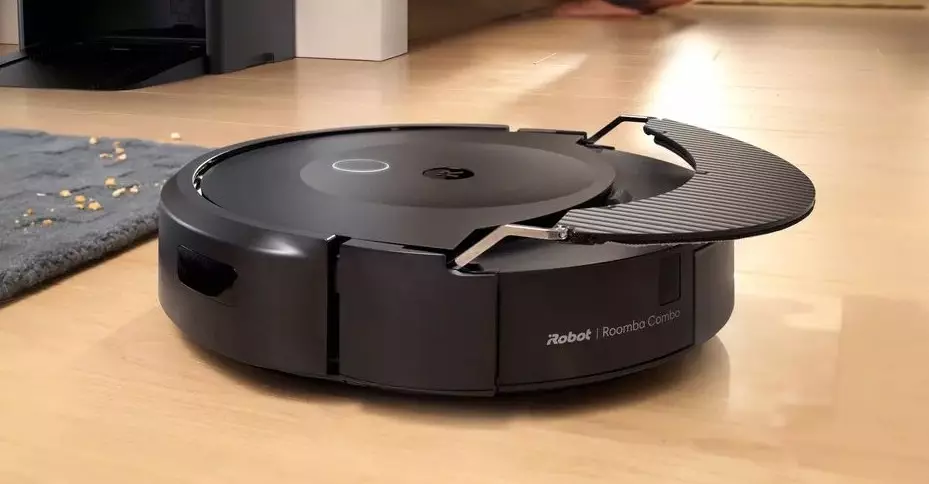The launch of Apple’s iOS 18.4 marks an exciting chapter for tech enthusiasts, particularly those invested in the world of smart home devices. With the integration of the Matter protocol, users can now enjoy seamless control over an array of robot vacuums directly through the Apple Home app. This new platform-agnostic approach promises to simplify smart home automation by bridging communication gaps between devices from rival manufacturers.
Robot vacuum technology has already seen a significant transformation over the years, and the introduction of iOS 18.4 elevates this evolution. Companies such as Roborock, iRobot, and Ecovacs have wasted no time in implementing firmware updates that align their products with the new capabilities of Apple’s ecosystem. This alignment not only brings convenience but also confers a sense of freedom to users who wish to personalize their home environments.
Roborock: Pioneering Compatibility in the Smart Home Sphere
Roborock is one of the first to catapult itself to the forefront of this new wave, enhancing the Matter protocol across several premium models. With devices like the Roborock S8 MaxV Ultra and various Saros models set to receive the upgrade between April 1st and April 10th, users will soon find themselves in control of their cleaning routines like never before. The ease of access to various devices through the Home app means no longer needing to jump between multiple applications—an increasingly tedious aspect of modern living.
Moreover, Roborock’s firmware won’t just stop at Apple Home compatibility. The updates are designed to improve connectivity with Google Home and Amazon Alexa, which is hugely beneficial given our multi-platform reality. Matter was developed precisely for this purpose: to bring a universal language to smart devices, transcending their individual ecosystems for enhanced collaboration.
The iRobot Advantage: First Mover with Matter Compliance
In this competitive landscape, iRobot is positioning its Roomba Combo 10 Max as a trailblazer in Matter compliance. With its Auto Wash Dock, users will gain unprecedented control over their vacuuming schedules and cleaning preferences using Siri or the Home app. This strategic move not only sets them apart from competitors but signals a robust commitment to the future of home automation.
Imagine being able to instruct your Roomba to clean specific rooms with your voice while you manage other tasks— the convenience is astronomical. Still, iRobot must remain cautious; while the allure of such advanced control exists, users will likely expect cutting-edge features like mapping and customizable cleaning zones to be maintained in their own app. The implications of such expectations highlight a crucial balancing act.
Ecovacs: Embracing the Matter Wave
Ecovacs adds another exciting dimension to this evolving landscape. The brand has confirmed that several of its models, including the Deebot X2 and X8, will receive updates compliant with the Matter protocol. The phased rollout will allow users to gradually enjoy the benefits of enhanced smart home integration without disruption. This staggered approach demonstrates a thoughtful strategy that respects user experience while embracing technological advancements.
However, while the Matter protocol opens many doors, it also leaves room for potential challenges. Advanced features that allow for tailored cleaning configurations may remain exclusive to each manufacturer’s app. Users may find that, while they can connect their devices within the Home app for basic controls, they might still need to access standalone applications for more sophisticated functions.
The Bigger Picture: A Unified Future for Smart Homes
The groundwork laid by iOS 18.4 and the adoption of the Matter protocol signals significant advancements in the smart home landscape. With industry giants implementing compatibility updates, consumers can expect a future where their devices are not only easier to control but are also more interconnected—a dream for any tech-savvy homeowner.
However, this transition is not without concerns. Each manufacturer will need to continuously evolve their offerings, balancing innovation with user expectations. As the industry matures, the challenge will be to manage a diverse legacy of products while supporting new features that make the most of this newfound compatibility. If they can navigate these waters successfully, the promise of a smarter, more efficient home will undoubtedly be realized.

